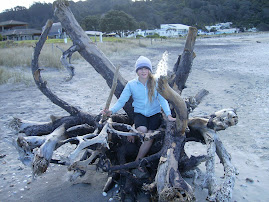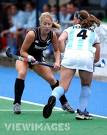










Rutherford returned to England in 1907 to become Professor of Physics in the University of Manchester, and in 1919 he accepted an invitation to succeed Sir Joseph Thomson as Cavendish Professor of Physics at Cambridge.
Rutherford published several books: Radioactivity (1904); Radioactive Transformations (1906), being his Silliman Lectures at Yale University; Radiation from Radioactive Substances, with James Chadwick and C.D. Ellis (1919, 1930) - a thoroughly documented book which serves as a chronological list of his many papers to learned societies, etc.; The Electrical Structure of Matter (1926); The Artificial Transmutation of the Elements (1933); The Newer Alchemy (1937).
Rutherford married Mary Newton, only daughter of Arthur and Mary de Renzy Newton, in 1900. Their only child, Eileen, married the physicist R.H. Fowler. Rutherford's chief recreations were golf and motoring.He died in Cambridge on October 19, 1937. His ashes were buried in the nave of Westminster Abbey, just west of Sir Isaac Newton's tomb and by that of Lord Kelvin.
Ernest Rutherford changed the world by creating the way of splitting the atom which is great he will be remembered by his intelligence in maths and science.




